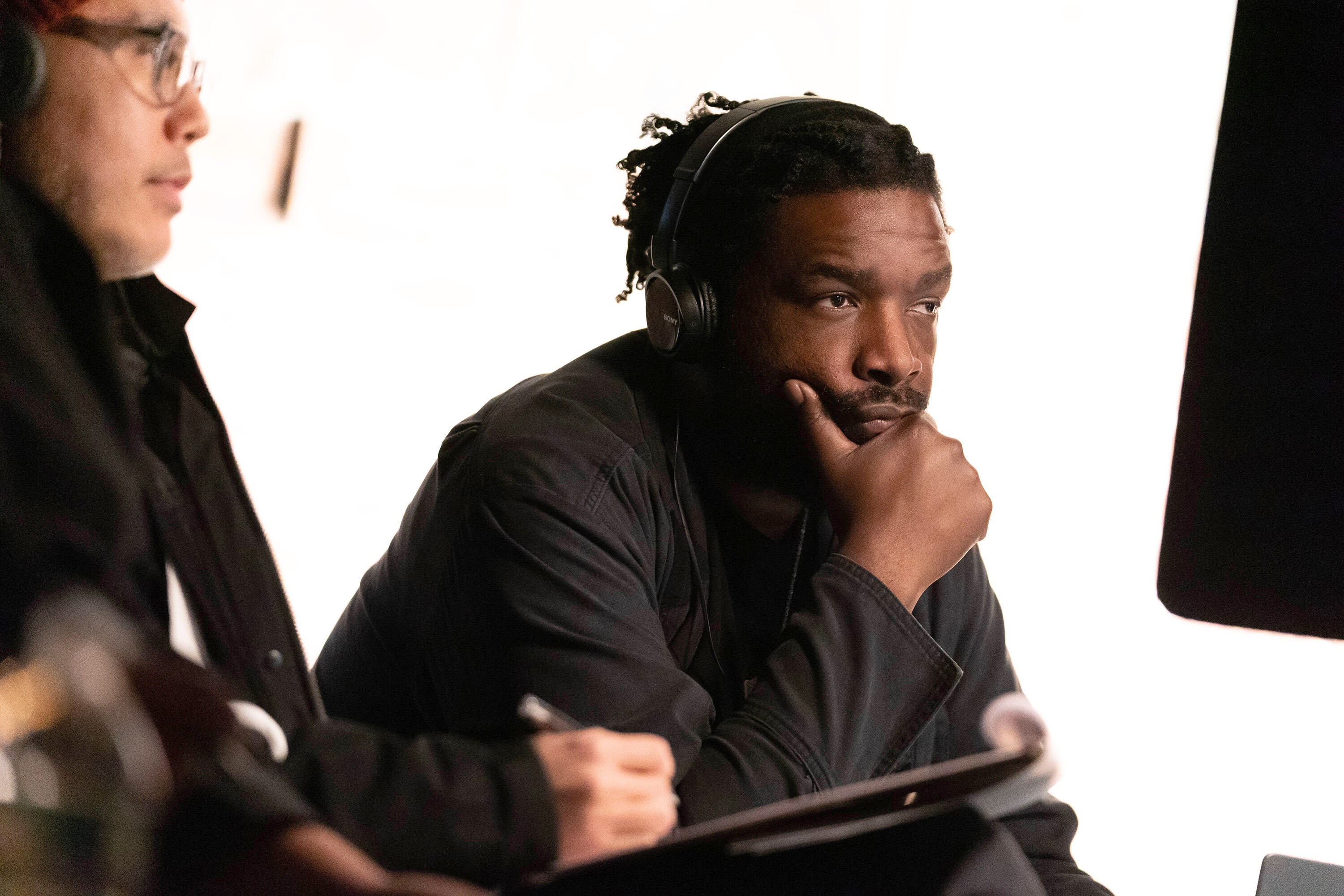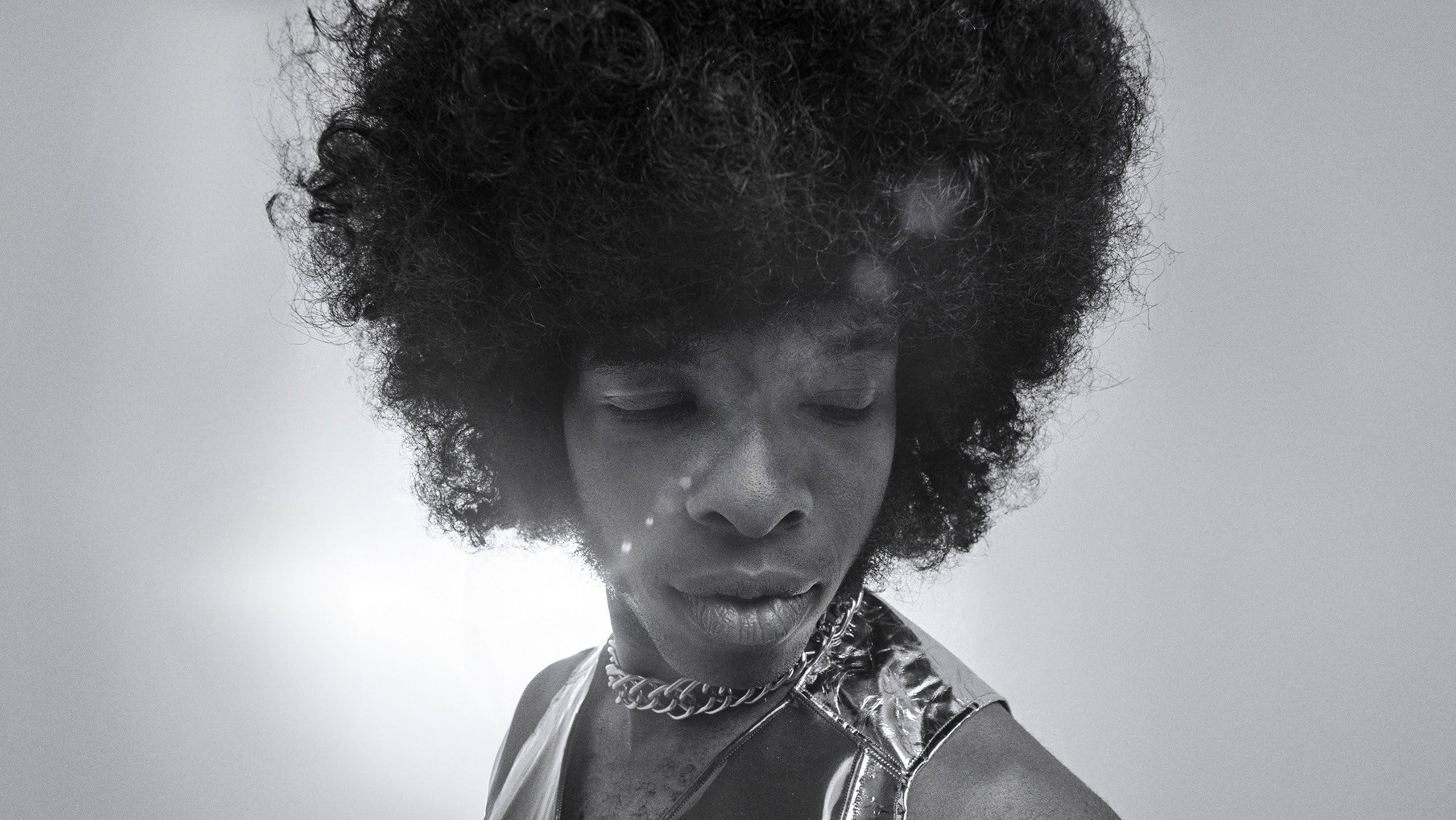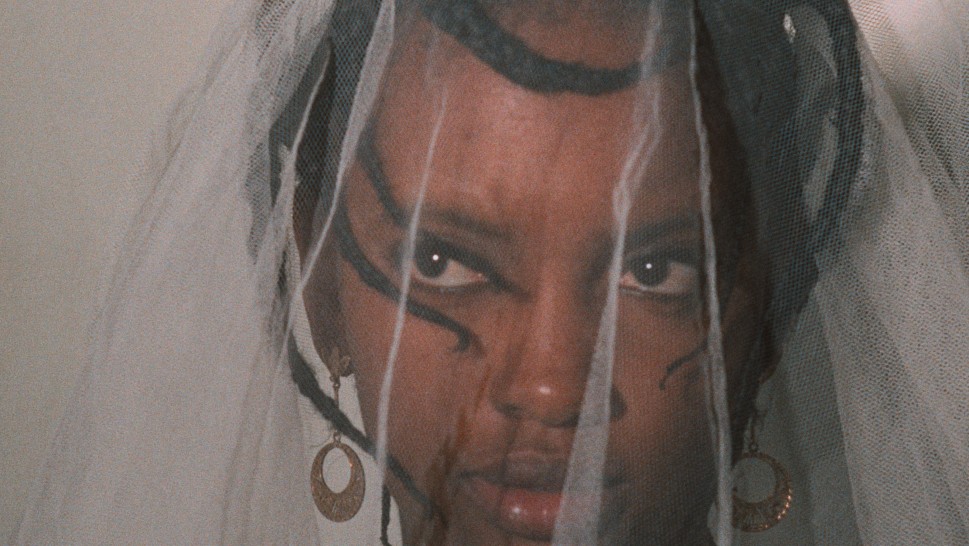“Sly Lives! (aka The Burden of Black Genius)” road tests a theory that its director, Ahmir Questlove Thompson, has had for a while, and that’s articulated in the Hulu documentary by Dream Hampton: There can be a comfort in failure; it’s often what we expect to happen when we try. Success, on the other hand, is probably more frightening. It’s certainly more isolating. The struggle of grappling with success, particularly among Black artists, is a grueling one. Questlove reckons the first person to have to fight the modern version of that struggle was Sly Stone.
So “Sly Lives!” is a few different things at once. It is an excellent primer on Stone’s life and career, as told through interviews by his bandmates, family members, and musicians and producers who were inspired by his work. It is also a vehicle to explore its subtitle, the burden of Black genius. And it is a visual dive into the groundbreaking music Stone made, as a solo artist and with the band Sly and the Family Stone.
The documentary required striking a very fine balance between all three of these storylines, so that both complete novices would get the story and the most invested and lore-steeped Sly Stone supernerds would get something out of the film.
Questlove’s favorite part of the filmmaking process is “The Clarice, ‘Silence of the Lambs’ storage unit” deep-dive into archival material, as he termed it on an episode of the Filmmaker Toolkit podcast with the film’s producer, Joseph Patel. But maybe the most vital part of the filmmaking work for “Sly Lives!” was the interview process itself. Speaking to contemporary musicians willing to make themselves vulnerable about art and success opens up a window into Sly’s world in a way that no concert footage ever can.
“I knew there was a level of art imitating life, but getting people to really talk about how the sausage is made and what’s under the hood, I didn’t realize how hard, how triggering that would be,” Questlove said. “We kind of went overboard in our requests, as far as getting people to speak, of which probably, realistically, maybe 30 percent lined up to speak to us. And even then, that 30 percent was a shocker.”
Questlove was floored that Sly and the Family Stone bandmember Larry Graham would be willing to go on record, in particular, but Patel credits that and many of the other voices in the documentary — Chaka Khan, Andre 3000, George Clinton, D’Angelo, and Nile Rodgers, among others — to the experience and empathy that Questlove brought to the project.
“I think a lot of that comes from the fact that the request came from another artist,” Patel told IndieWire. “If it were just a journalist asking about some of these artists’ most vulnerable moments, I don’t know if they’d be so open.”

The documentary team did everything that it could in order to foster an openness and intimacy in the interview process, from using an Interrotron to allow subjects to see the interviewer while looking directly into the camera lens to doing everything possible to black out or block off an awareness of crew in the room. “They’re not seeing the crew and all the bustling, and so psychologically, it’s just a conversation,” Patel said. “We’re stealing techniques from great documentary filmmakers of generations before us, but I just want people to appreciate that there’s a lot of work that goes into this.”
There’s also a level of expertise that Questlove and Patel, by being so steeped in the music industry, were able to bring to the interview process. When the chance came to interview Jimmy Jam and Terry Lewis, a lot of documentarians might have gone for a paired interview of the legendary producing and songwriting team. But Questlove knew not to, and magic happened as a result.
“As a producer, and mindful of the budget, I was like, ‘Well, obviously we’re going to do this together.’ And he’s like, ‘You can’t do them together.’ And I said, ‘Why pay for two interviewers when we can do one?’ And he said, ‘If you get Jimmy and Terry together, Jimmy will do all the talking and Terry will be quiet. But I’ve talked to Terry one-on-one and he’s very insightful. He just doesn’t like to talk in a duo setup. So we interviewed them separately in two different cities at two different times. And Terry’s great in the doc.”
“They complete each other’s sentences,” Questlove added. “So the fact that when they’re talking about making ‘Rhythm Nation,’ it’s almost as if you could run them together and literally they finished each other’s sentences. It almost felt like the intro to RunDMC’s ‘Peter Piper,’ — sorry, bad reference — but just the way that they finished each other’s sentences was incredible.”
“Sly Lives!” was shaped by the level of trust for the filmmakers’ intentions that Patel and Questlove were able to convey to their interview subjects and build into the structure of the film, sometimes doing test screenings of sequences in order to lure other people to be talking heads in the film.

“We wanted to tell this story, Sly’s story, with empathy, but also the story of the burden of bBack genius with empathy, too. [There is] a montage at the end of the film that shows, historically, all these Black artists, who are his friends — the point of the film, what we want people to walk away with, is these artists give us so much that we have to show them some grace as they deal with success,” Patel said.
The documentary is designed, then for that filmmaking empathy to translate into a sympathetic curiosity from the audience, which allows Questlove and Patel to do a little bit more inside baseball exploration of exactly what Sly Stone’s genius looked like and has meant to other artists.
“ I literally said, ‘OK, let’s make the audience feel smart.Like, in my DJ gigs, I’ll play the original sample of the song and then when the eureka movement comes, everyone goes, ‘Oh my God!’ People feel smart. It’s the same thing for movies,” Questlove said. “The technical aspect of why he’s a genius and the way we speak of the Stones and the Beatles and all the innovations they’ve done… Sly has a list longer than everyone.”
“Sly Lives! (Aka The Burden of Black Genius)” is available to stream on Hulu.
To hear Questlove and Joseph Patel’s full interview, subscribe to the Filmmaker Toolkit podcast on Apple, Spotify, or your favorite podcast platform.



